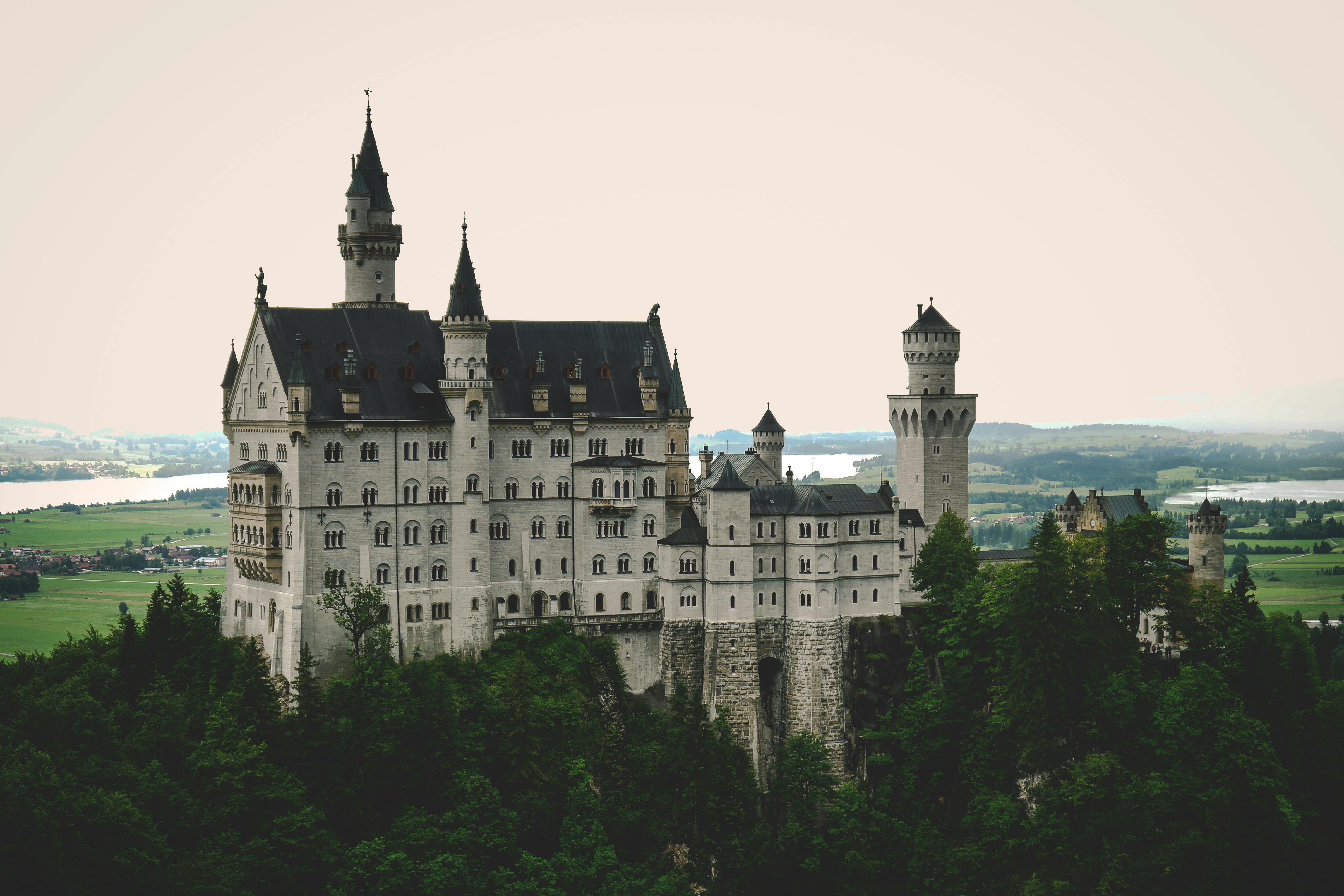Is Disney World a theme park or an amusement park? What about cedar point? Is there really a difference or are these two terms for the same thing? Does it even matter? Well, it may not be as important as some things out there, but park and amusement park enthusiasts will find it interesting, if not important. There is a lot of confusion and misinformation out there. So, I thought I’d take the opportunity of this article to clear up some of the confusion.
Amusement parks
Let’s start by first defining the term “Amusement Park” because amusement parks were the first to appear on the scene. By most definitions, the amusement park has been around for hundreds of years, dating back to about the 16th century. It can be simply defined as a fixed place where multiple rides and attractions are set up to entertain people. Simple enough.
Over the years, however, the definition of an amusement park has been clouded by changes in ride design, the invention of the automobile and mass media, and the need for entertainment to equal or exceed the expectations of your audience. These changes have led to improvements and innovations in some parks and bankruptcies and closures in many others. But, one thing remained constant, the parks, themselves, were always just collections of attractions, no matter how disjointed or tacky the collection seemed. Excellent examples of these include Coney Island in Brooklyn or Riverview Park in Chicago…neither of which exist today by the way.
Theme parks
While it is debatable when the “theme park” was introduced, most experts believe that Walt Disney was its inventor. However, Disney was greatly influenced by Knott’s Berry Farm and the amusement parks of Europe. So you might claim that Knott’s Berry Farm was the first theme park, but Walt Disney certainly took theme park to a whole new level. So what makes a theme park different from an amusement park?
A true “theme” park consists of different themed lands or regions. Great efforts are made to create the illusion of another world or culture using the landscape, architecture, music, food, employees, and attractions. In a theme park, the attractions often take a backseat to the environment in which they are located. The more a park is able to take its guests out of the “real world” and into a world of fantasy, the truer the label “theme” becomes. Because Walt Disney used film directors instead of architects to design his park, he was able to create a true escape from reality, as if the theme park was a movie on a screen.
Theme resorts take theme parks to a whole new level
With the opening of Walt Disney World in Florida in 1971, the next step in the theme park’s evolution was taken. Going beyond the Walt Disney World rides and attractions, Disney combined the theme park with hotels, golf courses, water recreation, and (eventually) more theme parks. We like to call it the “theme resort.”
The idea of the theme resort is to attract guests and then keep them on your property for everything they could possibly want or imagine. It is quite possible, with the advent of Disney’s Wide World of Sports (sport fishing, water and field sports, and tournament capabilities), that almost everything one could do on a vacation can now be found in one place. . The themed resort has become a one-of-a-kind place for dream vacations, and the numbers are proving that the Disney idea is the right way to think. Disney is not alone in this market. Universal Studios in Orlando consists of two separate theme parks, hotels, and restaurants to create the Universal Orlando Resort. Disney learned in the ’80s that keeping people together was the key to profit and that is certainly proving true.
final thoughts
It’s easy to be frustrated by the comparisons that are commonly made between amusement parks and theme parks, even though such comparisons, by definition, shouldn’t be made. When someone says “I think Cedar Point is a much better amusement park than Disney World,” they are right in a sense because Walt Disney World is not an amusement park and will never claim to be a roller coaster enthusiast’s paradise. At the same time, however, they are also wrong because they are comparing apples to oranges. To make things even more confusing, Cedar Point sometimes calls itself a theme park simply because it assigns labels to different areas of the park. Sorry Cedar Point. Theming is more than just labels.
So next time someone says they enjoyed Dollywood or Six Flags much more than Disney World, don’t bother arguing. They may also say that they enjoy sushi more than a bicycle.




